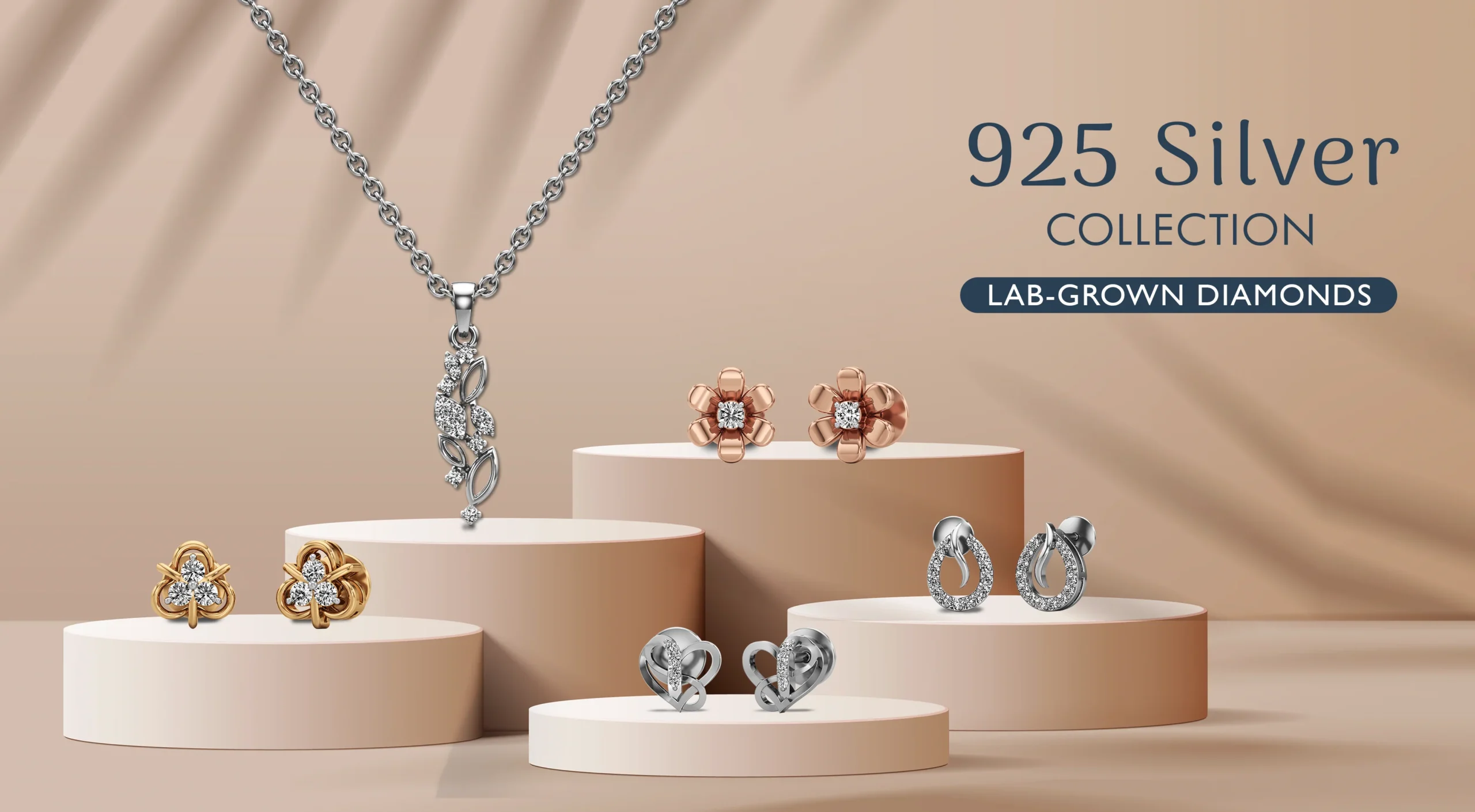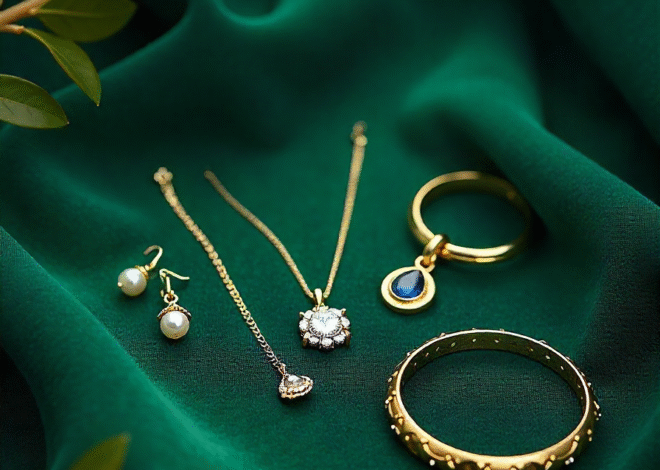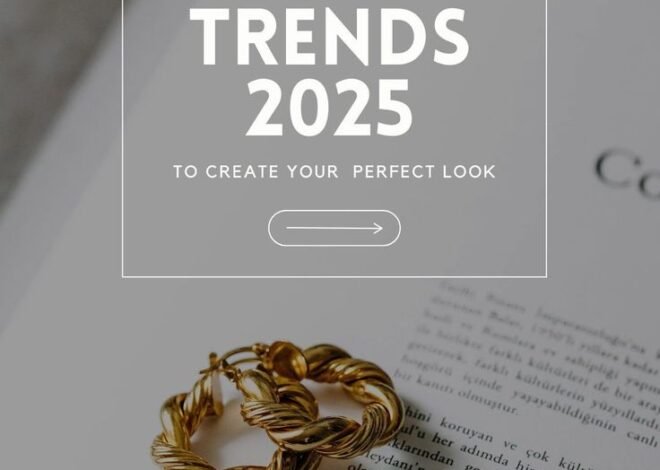
Why Sterling Silver is the Smart Choice for Jewellery Retailers in a Post-Tariff Economy
In the wake of renewed global tariffs and shifting trade relationships, jewellery retailers are rethinking their product strategies to remain profitable. The 2025 post-tariff economy has increased costs across international supply chains, with raw materials like gold and platinum becoming more expensive and harder to source reliably.
For jewellery retailers navigating this uncertain climate, sterling silver has emerged as a practical, stylish, and profitable alternative to traditional precious metals.
The Rising Cost of Gold and Tariff-Driven Pressures
Recent tariffs—particularly the ongoing US-China trade tensions—have significantly impacted global trade. As a ripple effect, raw material costs have surged. Gold, which has traditionally served as the foundation for fine jewellery collections, now trades at record highs, peaking beyond $3,500 per ounce earlier this year.
These economic shifts leave retailers facing difficult questions: Should they continue absorbing rising costs or pass them onto increasingly budget-conscious consumers? For many, the answer lies in rebalancing their offerings and focusing on affordable luxury—namely, sterling silver.
Sterling Silver: A Strategic Alternative for Retailers
Sterling silver jewellery has evolved far beyond simple designs and basic accessories. Today’s collections are fashion-forward, durable, and in high demand. More importantly, sterling silver offers a lower entry cost for retailers, allowing them to maintain attractive price points without compromising on design or quality.
In a post-tariff world where shipping delays and cost fluctuations are the norm, retailers need to remain agile. Sterling silver enables faster turnaround times and lower production risks, especially when sourced from trusted local suppliers.
Meeting Consumer Expectations for Affordable Luxury
Inflation and economic uncertainty have shifted how consumers shop. Buyers are still drawn to elegant, meaningful pieces, but they’re increasingly focused on value. Sterling silver fits this sweet spot—it looks and feels premium without the hefty price tag.
This makes it easier for retailers to introduce new collections, respond to fast-moving trends, and serve a broader customer base. Whether it’s statement rings, dainty necklaces, or stackable bracelets, sterling silver continues to dominate both everyday and seasonal jewellery trends.
Local Sourcing for Greater Flexibility
Another key reason sterling silver is thriving is its compatibility with local supply chains. Retailers working with domestic suppliers reduce their exposure to international shipping disruptions and tariff-related price spikes. In 2025, efficiency and speed are just as valuable as cost savings.
Retailers looking for high-quality, trend-driven collections can explore options like wholesale sterling silver jewellery from UK-based suppliers. These partners often combine competitive pricing with the design support and fulfilment speed needed to thrive in today’s environment.
Conclusion: Silver is the Future
For jewellery retailers in a post-tariff economy, adaptation is the key to resilience. As gold becomes less financially viable, sterling silver offers a compelling path forward—one that aligns with both business goals and consumer expectations.
With the right sourcing partners and a focus on quality design, sterling silver isn’t just a substitute for gold—it’s a smart, strategic choice that positions retailers for long-term success.


